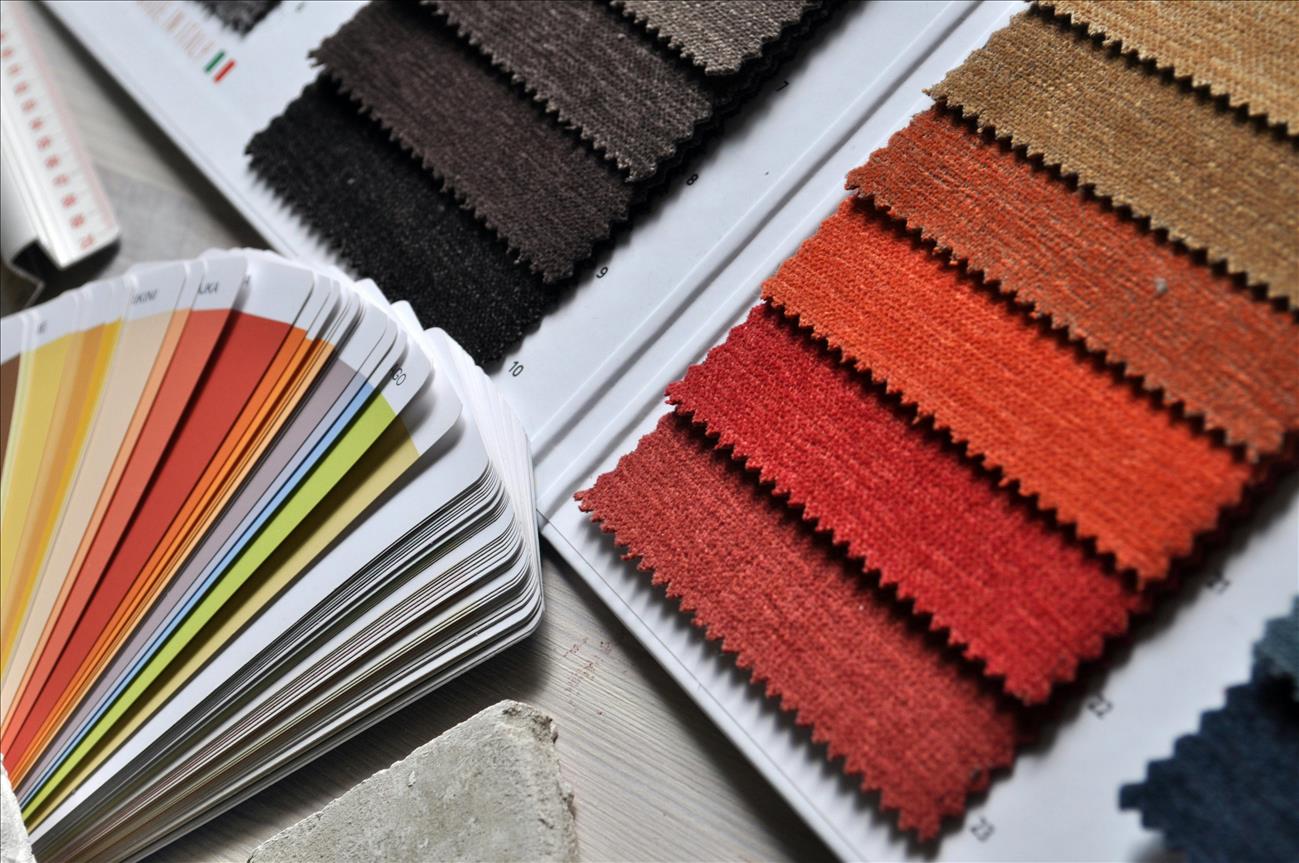Selecting the correct color palette for your house may be somewhat challenging. Making a choice that fits your style and improves your environment might be challenging given the infinite range of colors, tones, and finishes available. But the colors you decide upon significantly impact the mood and functioning of your house. They may create spaces that seem bigger, ceilings that feel higher, calmer, or more energetic. The following article breaks down the five main factors to consider when selecting a color palette, including how paint types like limewash could improve your selections, into simpler terms.
Understand Your Home's Natural Light
The direction and intensity of natural light your house gets greatly affects the color perception. Cooler light seen in rooms facing north may cause colors to seem more muted. Using softer colors like light yellows, creams, or warm grays will help to warm these spaces. On the other hand, spaces with lots of southern light can handle cooler tones such as blues or crisp whites. East- and west-facing rooms change in look throughout the day; so, it is advisable to test colors in these rooms several times to observe how they change with the light.
Selecting colors that complement the natural light in every room guarantees a harmonic and comfortable atmosphere all around your house. Before you commit, test samples on your walls and note them in morning, noon, and evening light.
Start with a Base Color and Build from There
When picking a color palette for your house, one tried-and-true method is to start with a base color. This may be a neutral like soft beige, cold gray, or muted green. Once your base is selected, you can build upon it with complementary or contrasting colors for accents, trim, and furnishings.
Particularly with open floor designs, using a base color helps keep areas together. While every wall should be unique, the different tones should relate to one another. More flexibility when adding personal touches, artwork, or furniture items in bolder or brighter colors comes from a consistent base palette.
Consider the Emotional Impact of Color
Colors have a great psychological impact, hence choosing them for different rooms depends on knowing how they influence mood. Excellent choices for bedrooms or baths, soft blues and greens are believed to offer relaxing properties. Warm hues like terracotta or ochre may energize and invite a living or dining room.
If you're not sure where to start, consider how you wish each space to feel. For the living room, for example, a laid-back and grounded atmosphere would call for earthy colors; in a creative workplace, a dash of vivid yellow could be beneficial. You will create a more inviting space by matching your color selections to the intended emotional tone of every room.
Think Beyond Just Paint
While creating a color palette, it's simple to concentrate just on wall color; yet, a cohesive home design incorporates floor, ceiling, furniture, fabrics, and even artwork. Though paint is powerful, a balanced look depends on the palette matching other design elements.
Using limewash paint, for instance, can give walls texture and depth while maintaining a soft, natural tone if the style you prefer is minimalist and organic. Modern and inviting homes would find this understated finish ideal for stone, wood, and neutral materials, as it pairs so well. Integrating your palette across several materials—rugs, drapes, upholstery, and decor—you guarantee that every space seems carefully curated and complete.
Don't Be Afraid of Contrast and Personal Touches
Though cohesion is vital, contrast gives character and appeal. In some areas—such as an accent wall, a statement piece of furniture, or unique artwork—introducing darker hues or bolder colors may provide a dynamic and layered look. Contrast need not be extreme; simply a little darker shade or a different finish will offer just the correct level of variation.
Your palette should eventually capture your way of life and personality. For example, you may tone the room with a moody charcoal or add a splash of the vibrant teal you've always loved. Don't hesitate to express who you are via color. Thorough planning allows even bold choices to seem timeless and tasteful.
Conclusion
Selecting the appropriate color palette for your house should not be a difficult task. Starting with a base, thinking emotionally, considering things beyond paint, and leaving room for contrast and personal flair, you can build a house that seems both cohesive and distinctively yours by knowing how light interacts with color. The correct palette not only improves the look of your house but also helps the way you feel every time you enter it. Spend some time testing your ideas, then enjoy the process of using color to bring your house to life.
Are You a Professional?
Requests for your services are coming in left and right. Let’s connect and grow your business, together.


